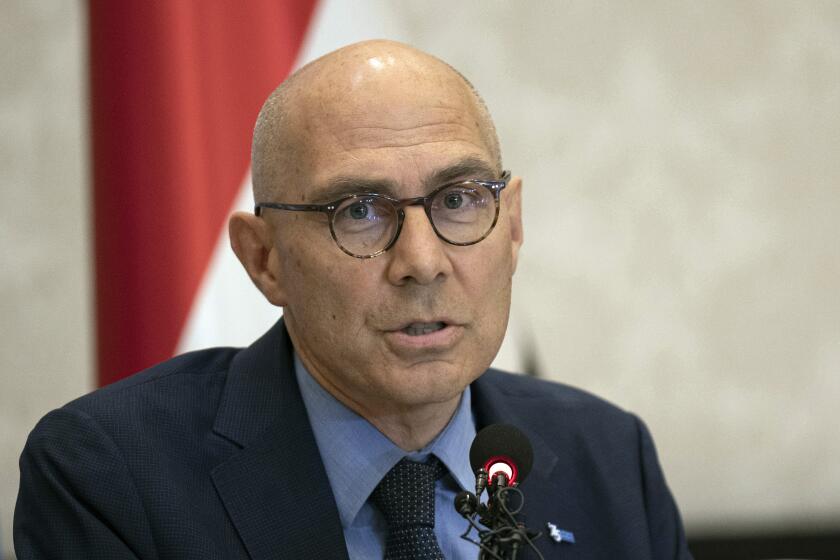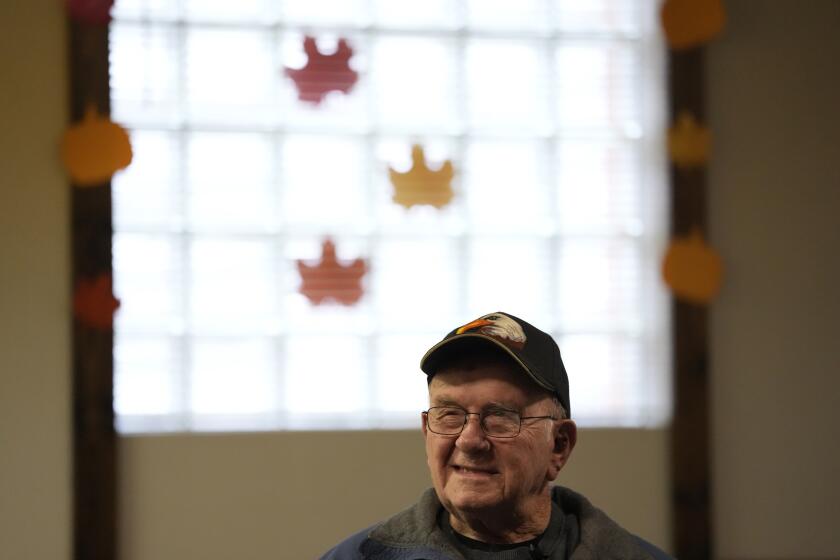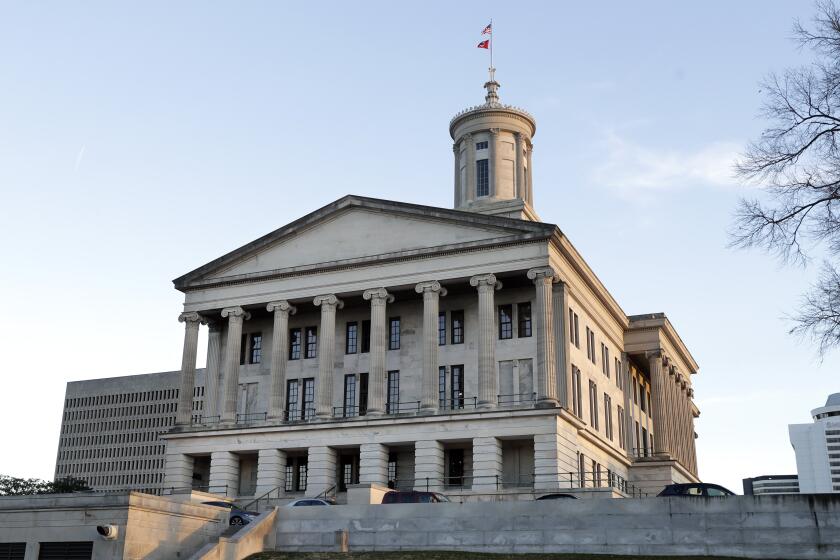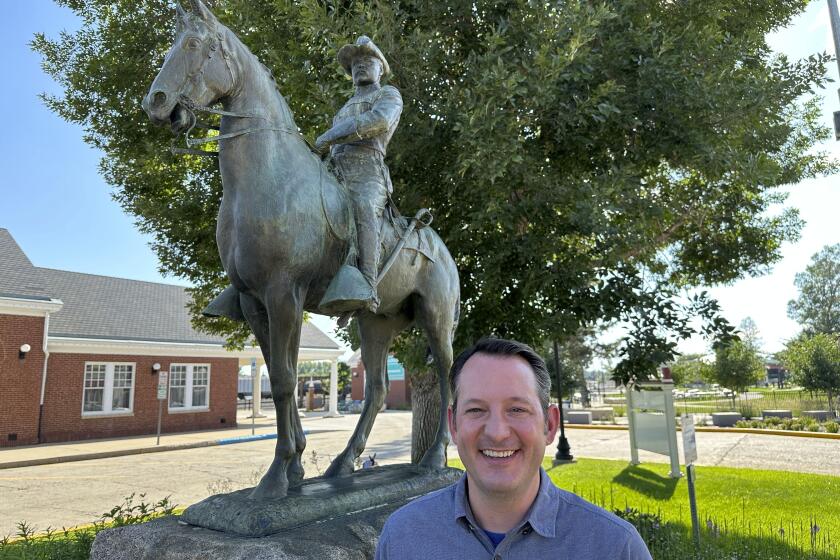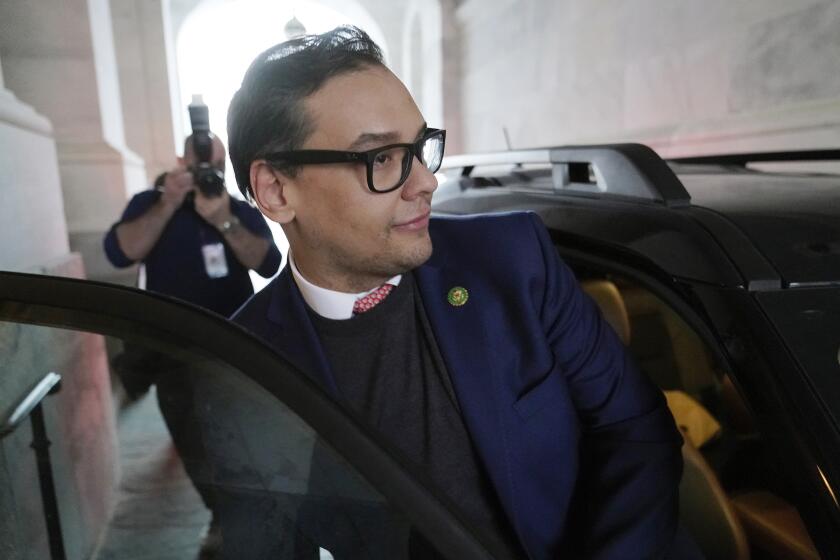SANDAG rejects call to delay freeway expansions
Despite a chorus of requests to change San Diego County’s transportation priorities, regional leaders on Friday rejected the idea of a “transit first” approach that seeks to delay billions of dollars in freeway expansion projects.
Members of the San Diego Association of Governments Board of Directors, who prioritize and fund the area’s transportation network, said they are open to studying how much it would cost to build more rail, bus, bicycle and pedestrian projects sooner. But, board members said, they won’t consider the larger step of swapping funds from long-planned projects such as the Interstate 5 widening to advance regional transit.
“The board was very clear that we’re not interested in delaying any of the freeway projects,” Lesa Heebner, deputy mayor of Solana Beach and a SANDAG board member said at the agency’s meeting in downtown San Diego. “We cannot take freeway money and built transit with that.”
Numerous health, community and transit advocates urged the board to go beyond studying how to accelerate transit in the region.
The groups asked that a formal “transit first” scenario that delays freeway projects be considered as SANDAG develops its long-range transportation plan for the next four decades. Advocates said the drastic change is necessary to reduce the pollution, asthma and greenhouse gases linked to San Diego County’s car-dominated transportation network.
Such requests have become louder and more frequent at SANDAG meetings in recent years.
The board declined to take action on the long-standing “transit first” request, which calls for completing several decades worth of transit improvements in just 10 years. Instead, SANDAG will proceed with what it calls the balanced approach of expanding roads, highways, bike lanes and transit all at once.
“We really feel you can do better,” said Kathleen Ferrier of Circulate San Diego, which pushes for alternatives to driving, speaking before the board.
“The approved package of transportation projects falls short of what our region needs to generate a healthy economy and population,” she added in a news release.
SANDAG is expected to vote on its long-range plan by October 2015. The agency makes a major update to these plans, which set aside hundreds of billions of dollars in future revenue, every four years.
While county voters a decade ago approved an extension of TransNet, a sales tax measure that listed numerous freeway widening projects as priorities, some say times and values have changed.
“TransNet was passed back in 2004. That was before Superstorm Sandy, before the focus on climate change,” said Monique Lopez, a policy advocate with the National City-based Environmental Health Coalition, in an interview this week. “We live in a world now where other things are priorities and are at the forefront of the way we want to live.”
Jerome Stocks, a former SANDAG board chairman and former Encinitas councilman, said requests for replacing freeway projects with transit may be growing, but that doesn’t mean SANDAG’s board is prepared to make a radical shift.
Even if the board voted for such a change, there’s no practical way to complete decades’ worth of transit projects in a 10-year span when planning alone can take 10 years or more per project, he said.
The $1.7 billion San Diego Trolley link to La Jolla is an example of how long improvements can take. The line was first identified as a transit project in 1987. But even after clearing a major milestone at Friday’s SANDAG meeting, it won’t start formal, heavy construction for at least another year and won’t open until 2019 at the earliest, according to officials.
“The reality is you can’t just stop progress as it’s been going for decades and decades and say: ‘Well, let’s put everyone on electric bicycles,’” Stocks added.
Gary Gallegos, SANDAG’s executive director, said the board will get a presentation in January showing how much it would cost over 10 years to build decades of planned transit improvements, such as double tracking the coastal rail line, bolstering the trolley network and adding express bus routes.
“There are some pretty big numbers that are going to come back,” Gallegos told the board on Friday.
The SANDAG executive said earlier this week that January’s meeting could at least “start an honest discussion of: ‘If you want this, let’s figure out how to pay for it.’”
Like the board, Gallegos emphasized that there’s no appetite for holding off on freeway expansion, saying roads, rail and buses are all priorities in a county with a diverse landscape and set of needs.
“If you talk with someone in City Heights, they probably want transit improvements,” Gallegos said. “If you talk to someone in Ramona, they want and need (State Route) 67 to be improved. There’s a lot of people in the region that are hungry for transit. There’s also a lot of people hungry for roads.”
chris.nichols@utsandiego.com | (916) 445-2934 | Twitter@ChrisTheJourno
Top headlines by email, weekday mornings
Get top headlines from the Union-Tribune in your inbox weekday mornings, including top news, local, sports, business, entertainment and opinion.
You may occasionally receive promotional content from the San Diego Union-Tribune.


